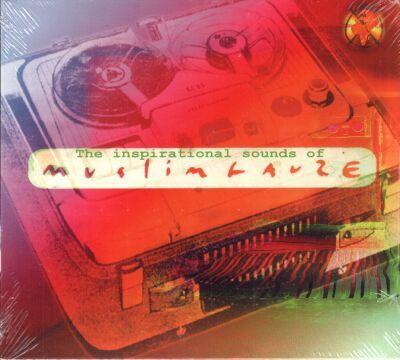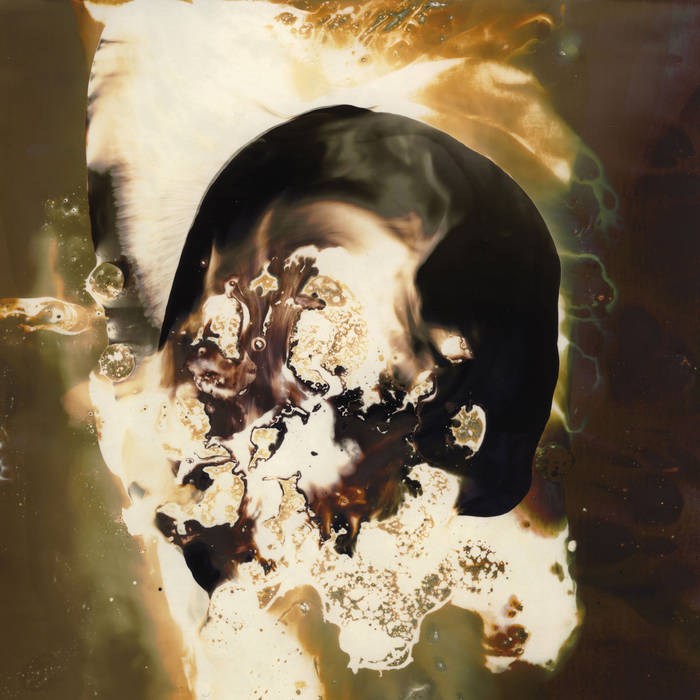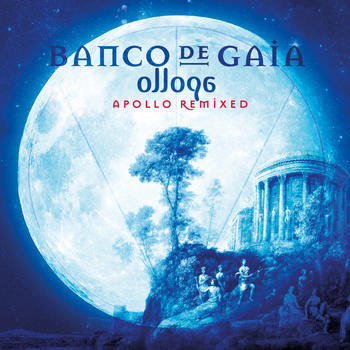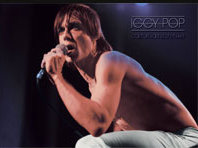Adaadat
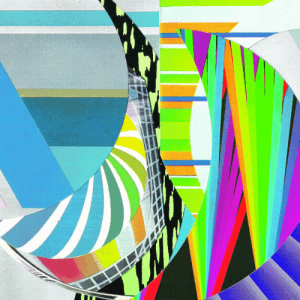 Using a heavily modified record deck as the source of most of the rhythmic elements he sues, Graham Dunning has been constructing his mechanical techno into hypnotically surging loops of base sound that revel in a strangely satisfying recursion.Anyone who has ever set an electronic sound-making device looping (a sampler, drum machine or whatever) in self-triggering mode and left it running ad infinitum, alone or in conjunction with other instruments, will recognise the pulsing fascination that comes from letting them play on and on and on to their own mindlessly cycling devices. While the four tracks on Way Too Much Time have a similar effect, their origins in a mechanical rather than electronic process lends the rhythms he generates a satisfyingly crunchy lo-fi feel. Like the perpetuum mobile compositions of the Baroque period onwards (and later given a particular turbine-based physical form by Einstürzende Neubauten), the loops grind on, echoing Sysiphus‘s eternal return to pushing that boulder up the hill as much as they do the grinding tyrannical stomp of beat after beat after beat.
Using a heavily modified record deck as the source of most of the rhythmic elements he sues, Graham Dunning has been constructing his mechanical techno into hypnotically surging loops of base sound that revel in a strangely satisfying recursion.Anyone who has ever set an electronic sound-making device looping (a sampler, drum machine or whatever) in self-triggering mode and left it running ad infinitum, alone or in conjunction with other instruments, will recognise the pulsing fascination that comes from letting them play on and on and on to their own mindlessly cycling devices. While the four tracks on Way Too Much Time have a similar effect, their origins in a mechanical rather than electronic process lends the rhythms he generates a satisfyingly crunchy lo-fi feel. Like the perpetuum mobile compositions of the Baroque period onwards (and later given a particular turbine-based physical form by Einstürzende Neubauten), the loops grind on, echoing Sysiphus‘s eternal return to pushing that boulder up the hill as much as they do the grinding tyrannical stomp of beat after beat after beat.
The results are as stoically minimal as might be expected, and while they may not be entirely to the satisfaction of more mainstream clubbers, their endless infinite beats draw the listener into their body-throbbing embrace with the same relentless rhythmic intensity as offered by, say,
Basic Channel or
Front 242. There are occasional dub technoid interventions that spray flickering trails of fed-back echo and reverb into the mix as found on “Protest Dub”, splintering the unstoppable into time-delayed multiple abstraction — and of course
the vinyl can be played at variable speeds to interesting effect.
While most techno producers won’t be
giving up their 909s and samplers in favour of scratching up their turntables (nor needles and cartridges) any time soon, Dunning’s mechanical variations on the theme offer an insight into (and alternative to) processes that are all too often the literal result of pressing buttons to operate electronics in rote fashion. There’s much made of the warmth inherent in analogue compared to digital music-making methodologies, but by bringing a different kind of hardware element into the equation, Dunning joins the likes of fellow mechanical music makers
Phillip Jeck and
Pierre Bastien in letting their machinery sing.
-Linus Tossio-
 Using a heavily modified record deck as the source of most of the rhythmic elements he sues, Graham Dunning has been constructing his mechanical techno into hypnotically surging loops of base sound that revel in a strangely satisfying recursion.Anyone who has ever set an electronic sound-making device looping (a sampler, drum machine or whatever) in self-triggering mode and left it running ad infinitum, alone or in conjunction with other instruments, will recognise the pulsing fascination that comes from letting them play on and on and on to their own mindlessly cycling devices. While the four tracks on Way Too Much Time have a similar effect, their origins in a mechanical rather than electronic process lends the rhythms he generates a satisfyingly crunchy lo-fi feel. Like the perpetuum mobile compositions of the Baroque period onwards (and later given a particular turbine-based physical form by Einstürzende Neubauten), the loops grind on, echoing Sysiphus‘s eternal return to pushing that boulder up the hill as much as they do the grinding tyrannical stomp of beat after beat after beat.
Using a heavily modified record deck as the source of most of the rhythmic elements he sues, Graham Dunning has been constructing his mechanical techno into hypnotically surging loops of base sound that revel in a strangely satisfying recursion.Anyone who has ever set an electronic sound-making device looping (a sampler, drum machine or whatever) in self-triggering mode and left it running ad infinitum, alone or in conjunction with other instruments, will recognise the pulsing fascination that comes from letting them play on and on and on to their own mindlessly cycling devices. While the four tracks on Way Too Much Time have a similar effect, their origins in a mechanical rather than electronic process lends the rhythms he generates a satisfyingly crunchy lo-fi feel. Like the perpetuum mobile compositions of the Baroque period onwards (and later given a particular turbine-based physical form by Einstürzende Neubauten), the loops grind on, echoing Sysiphus‘s eternal return to pushing that boulder up the hill as much as they do the grinding tyrannical stomp of beat after beat after beat.